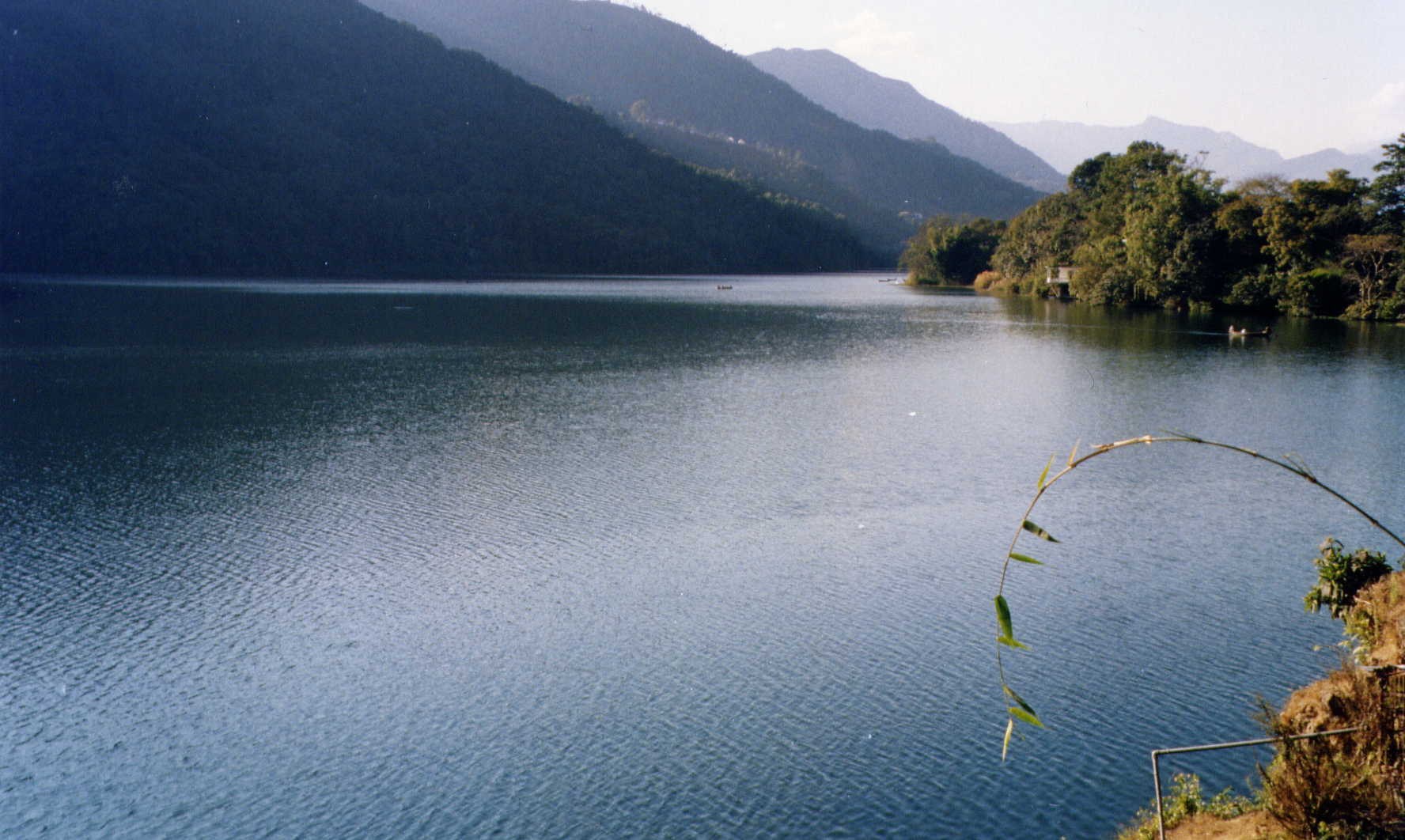
The human geography of Nepal is a remarkable mosaic of peoples who have not so much assimilated as learned to tolerate one another. Simplistically, the country is the meeting place of the Indo-Aryan people of India and the Tibeto-Burmese of the Himalaya. Pokhara is one of the best places in the country to see diverse ethnic groups. The Pokhara Valley is chiefly inhabited by Bahuns and Chhetris, both of the Indian origin. The surrounding hills are predominantly inhabited by Gurungs and Magar of the Tibeto-Burmese heritage. Many of them come to the city in late autumn and stay there the whole winter by their relatives.
There is a big Tibetan population in Pokhara. Many of these Tibetans are refugees who fled their country following the unsuccessful uprising against the Chinese Communists in 1959. They have been both energetic and successful in the intervening years. The Tibetans play an important role in tourism of Nepal.
